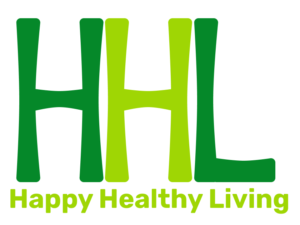What The Tongue And Eyes Can Reveal About Your Health
Traditional Chinese Medicine
Traditional Chinese Medicine is a practice that is over 2500 years old and includes practices like acupuncture, acupressure, massage and chi kung (or qigong). The idea is to cure the cause of disease which in turn cures the symptoms. Here are some assessment tools that are used in Traditional Chinese Medicine.
The Tongue
The tongue is a map of the bodily organs according to traditional Chinese medicine. There are specific areas of the tongue that correspond to different organs of the body as well as the meridian lines. This is similar to reflexology. The person that knows how to read this map has the ability to learn about a persons overall well being.
Practitioners of Chinese medicine look for several indications on the tongue to assess the health of the patient. They look for the color of the tongue. Pink or light red is a normal healthy tongue. The tongue can be purple, have a red body or a red tip. It can have a scarlet, dark red, pale or even a green color. Each one of these colors indicate different conditions in the body.
Another indication of health is the overall tongue shape. It can be stiff, flaccid, long, thin, short or it can display a variety of swollen areas. Other indications of poor health are the tongue body features (rough, spotty, numb, loose, quivering or moving a lot), tongue moisture, tongue coating (white, yellow, gray, black), tongue coat thickness, cracks in the tongue or the tongue coat root.
The Eyes
Iridology is another way of assessing the health of a person and has been practiced since the beginning of recorded history. It was part of general health care in the ancient societies of India, China and Egypt.
The concept behind Iridology is the same as the tongue assessment. Different areas of the eyes correspond to organs of the body. For example the top of the eyes show the health of the brain and the lower part of the eye shows the condition of the kidneys.
Learn more about Traditional Chinese Medicine here.
The Body
Kinesiology is the study of human movement. The way the body moves and the overall structure of the body can be indicative of the general health of a person. There are several bodywork modalities that are based on the science of Kinesiology.
The human body is highly adaptable and will change its structure to balance itself. If you look around you will see a large percentage of the western population that have a forward head posture. This has become the accepted posture because of our office worker population. As this posture develops and becomes more extreme the body adapts and the upper spine curves, calcium builds up and creates what is called a “Dowager’s Hump”.
When you see someone with proper structure you think they are confident and maybe a little too proud. Generally the person with the upright posture and easy movement is more healthy that the person that is bent over and moves awkwardly.
Western medicine is all about measuring indicators. If it can’t be measured with instruments it doesn’t exist. The human body is a very sensitive instrument that is often overlooked by doctors as a tool for diagnosis. The implementation of these assessment techniques have the ability to enhance proper diagnosis and make personal assessment possible.
We hope you learned something about what the tongue and eyes can reveal about your health. Please let us know if you have any comments.
